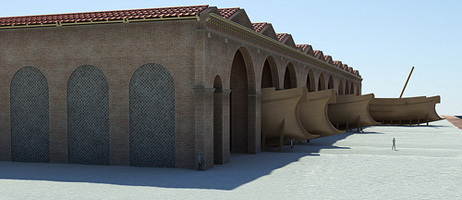Ancient and modern. Digital ways of learning about a medieval town
I met an enthusiast for using digital technology to bring medieval literature and culture to wider audiences, who has joined us in Humanities at Southampton.
Professor of English Catherine Clarke is helping local people and visitors understand more aboutChesterin medieval times – through digital mapping tools and new media. “The town has always celebrated its Roman history, and now we’re helping to explore its rich medieval heritage,” she says.
Continue reading →

